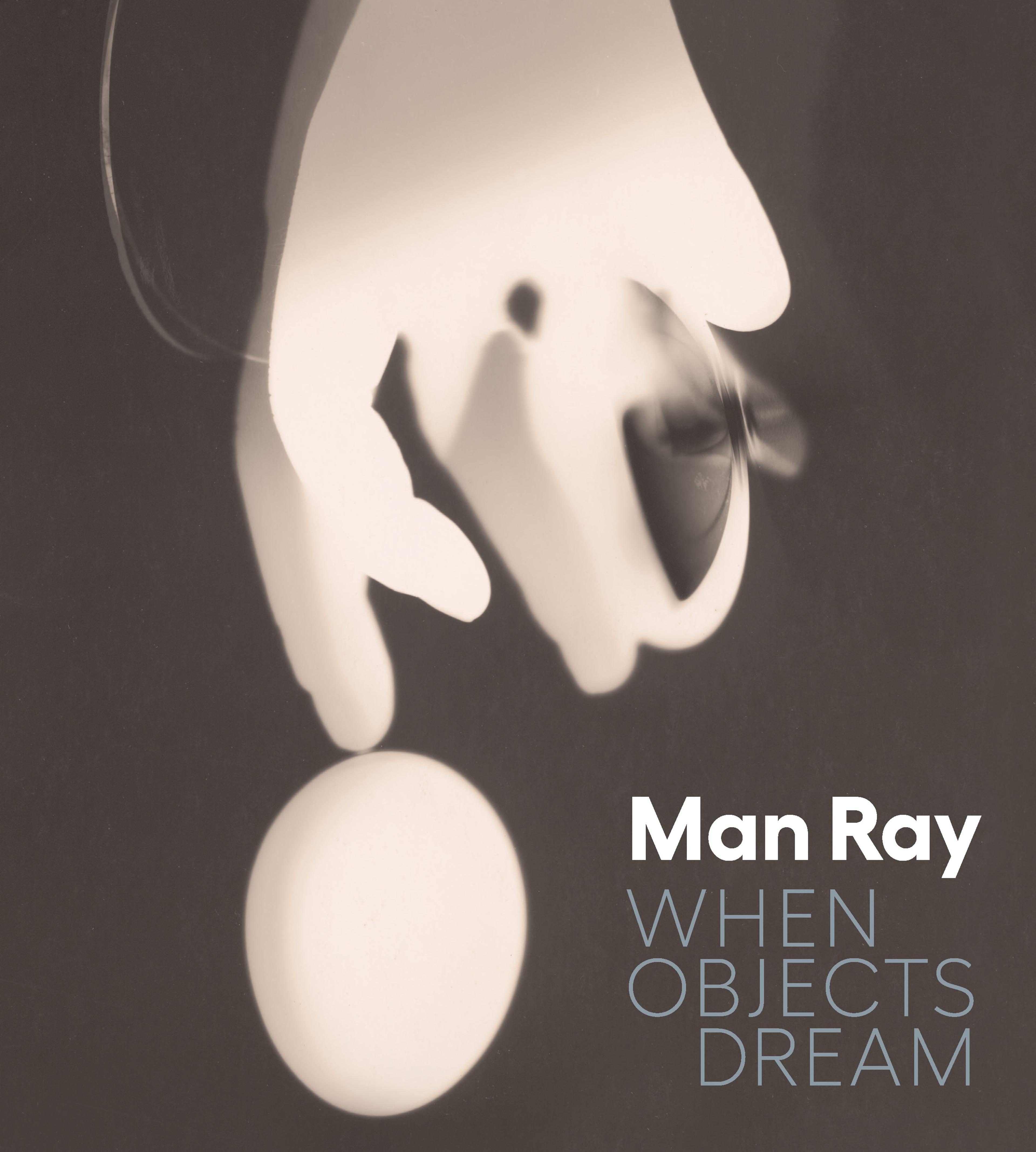Rayograph
Man Ray was never much interested in the chemical or optical nature of photography, though he championed several experimental darkroom techniques--solarization, overdevelopment, and overenlargement. His best-known innovation was, in fact, a new application of an old idea, the photogram: a cameraless picture formed by the action of light on an object in direct contact with light-sensitive material. The simple process dates back to the medium's earliest days in Henry Talbot's photogenic drawings (see nos. 1 and 2).
May Ray made his first photogram in 1921, and Tristan Tzara termed the result a rayograph. Within the year he and Tzara had published twelve rayographs in a limited edition portfolio entitled "Champs délicieux." Tzara described the magical effect of Man Ray's new pictures in the preface: "When everything we call art had become thoroughly arthritic, a photographer . . . invented a force that surpassed in importance all the constellations intended for our visual pleasure. . . . Is it a spiral of water or the tragic gleam of a revolver, an egg, a glistening arc or the floodgate of reason, a keen ear attuned to a mineral hiss, or a turbine of algebraic formulas?"
For Man Ray the photogram was a window on the realm of fantasy, an indefinable place where he could concoct all manner of dreams from traces of objects interacting with light. Although any attempt to deconstruct a photogram into its component parts is largely irrelevant to this concept and often logistically impossible, it is worth noting that this rayograph includes the hand and profile of Man Ray's lover, Kiki. The Belle of Montparnasse sang at the Jockey nightclub and modeled not only for Man Ray but also for such painters as Soutine, Kisling, and Foujita. With the addition of an egg and a wine glass, Man Ray composed a surrealist love poem to the woman of his dreams.
May Ray made his first photogram in 1921, and Tristan Tzara termed the result a rayograph. Within the year he and Tzara had published twelve rayographs in a limited edition portfolio entitled "Champs délicieux." Tzara described the magical effect of Man Ray's new pictures in the preface: "When everything we call art had become thoroughly arthritic, a photographer . . . invented a force that surpassed in importance all the constellations intended for our visual pleasure. . . . Is it a spiral of water or the tragic gleam of a revolver, an egg, a glistening arc or the floodgate of reason, a keen ear attuned to a mineral hiss, or a turbine of algebraic formulas?"
For Man Ray the photogram was a window on the realm of fantasy, an indefinable place where he could concoct all manner of dreams from traces of objects interacting with light. Although any attempt to deconstruct a photogram into its component parts is largely irrelevant to this concept and often logistically impossible, it is worth noting that this rayograph includes the hand and profile of Man Ray's lover, Kiki. The Belle of Montparnasse sang at the Jockey nightclub and modeled not only for Man Ray but also for such painters as Soutine, Kisling, and Foujita. With the addition of an egg and a wine glass, Man Ray composed a surrealist love poem to the woman of his dreams.
Artwork Details
- Title: Rayograph
- Artist: Man Ray (American, Philadelphia, Pennsylvania 1890–1976 Paris)
- Date: 1922
- Medium: Gelatin silver print
- Dimensions: Image: 23.9 x 17.8cm (9 7/16 x 7in.)
Mount: 33.1 x 27.8 cm (13 1/16 x 10 15/16 in.) - Classification: Photographs
- Credit Line: Gilman Collection, Purchase, Ann Tenenbaum and Thomas H. Lee Gift, 2005
- Object Number: 2005.100.139
- Rights and Reproduction: © 2025 Artists Rights Society (ARS), New York
- Curatorial Department: Photographs
More Artwork
Research Resources
The Met provides unparalleled resources for research and welcomes an international community of students and scholars. The Met's Open Access API is where creators and researchers can connect to the The Met collection. Open Access data and public domain images are available for unrestricted commercial and noncommercial use without permission or fee.
To request images under copyright and other restrictions, please use this Image Request form.
Feedback
We continue to research and examine historical and cultural context for objects in The Met collection. If you have comments or questions about this object record, please contact us using the form below. The Museum looks forward to receiving your comments.
